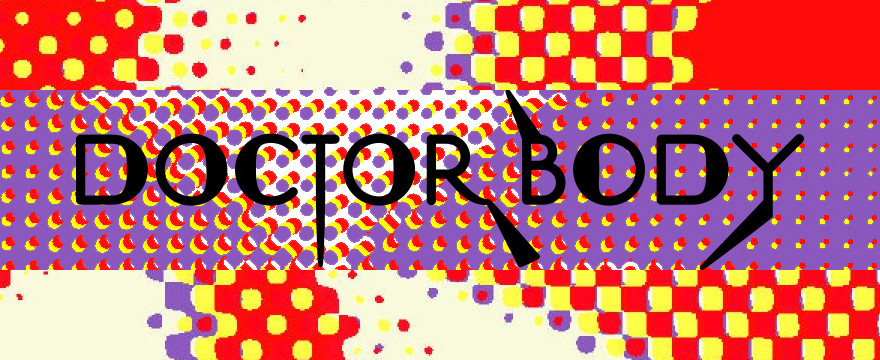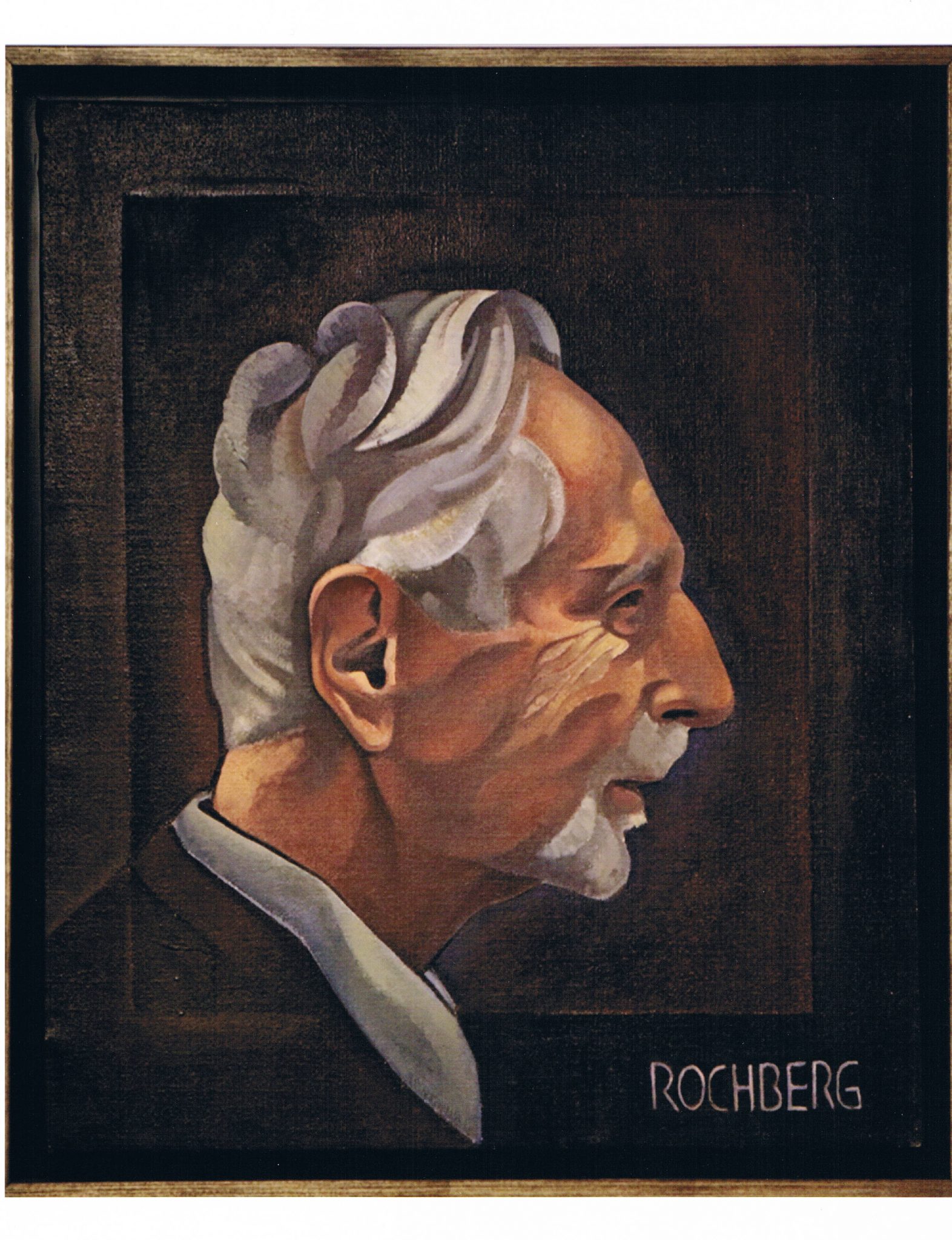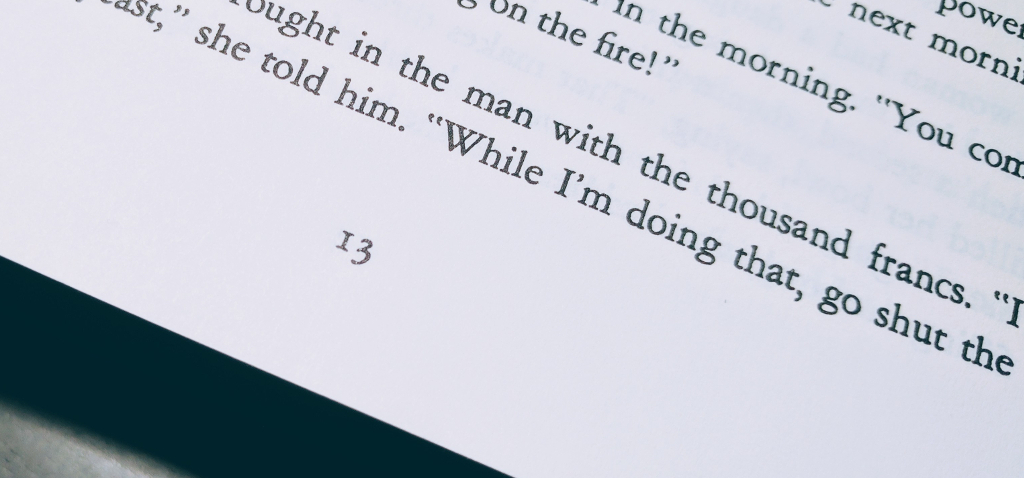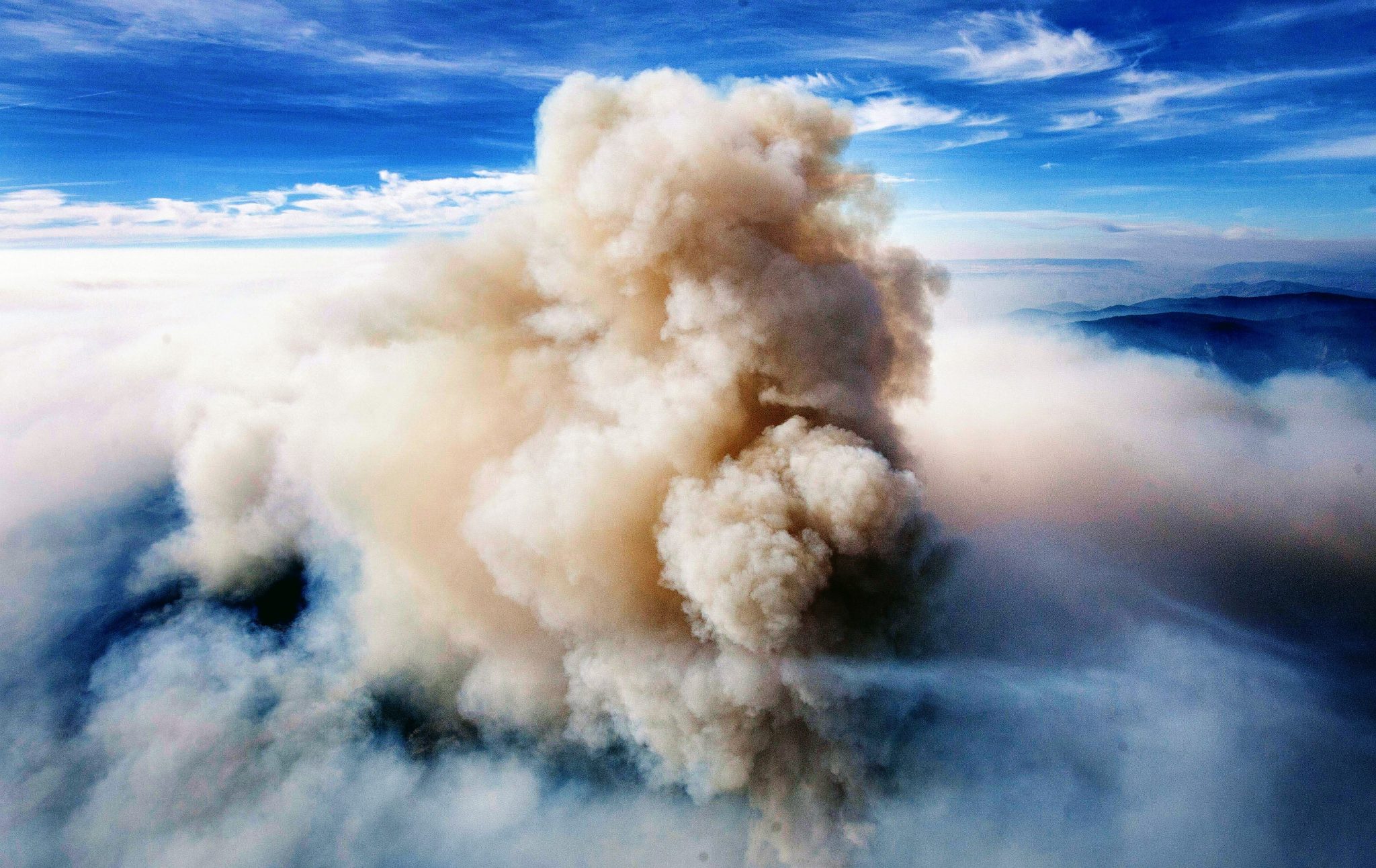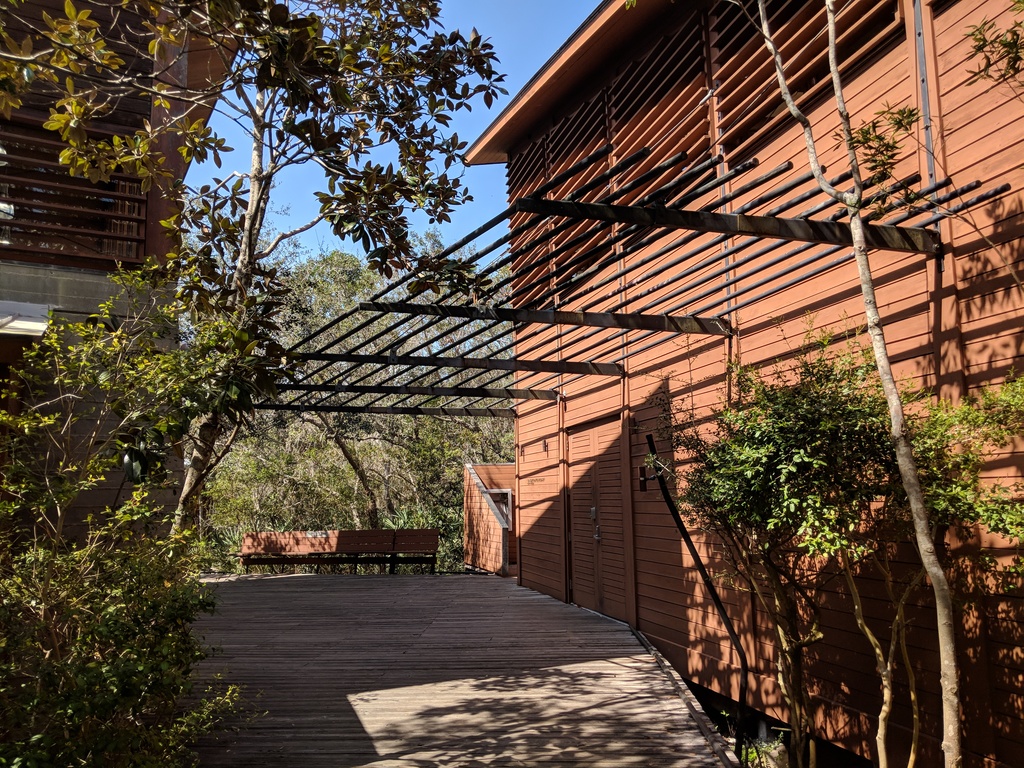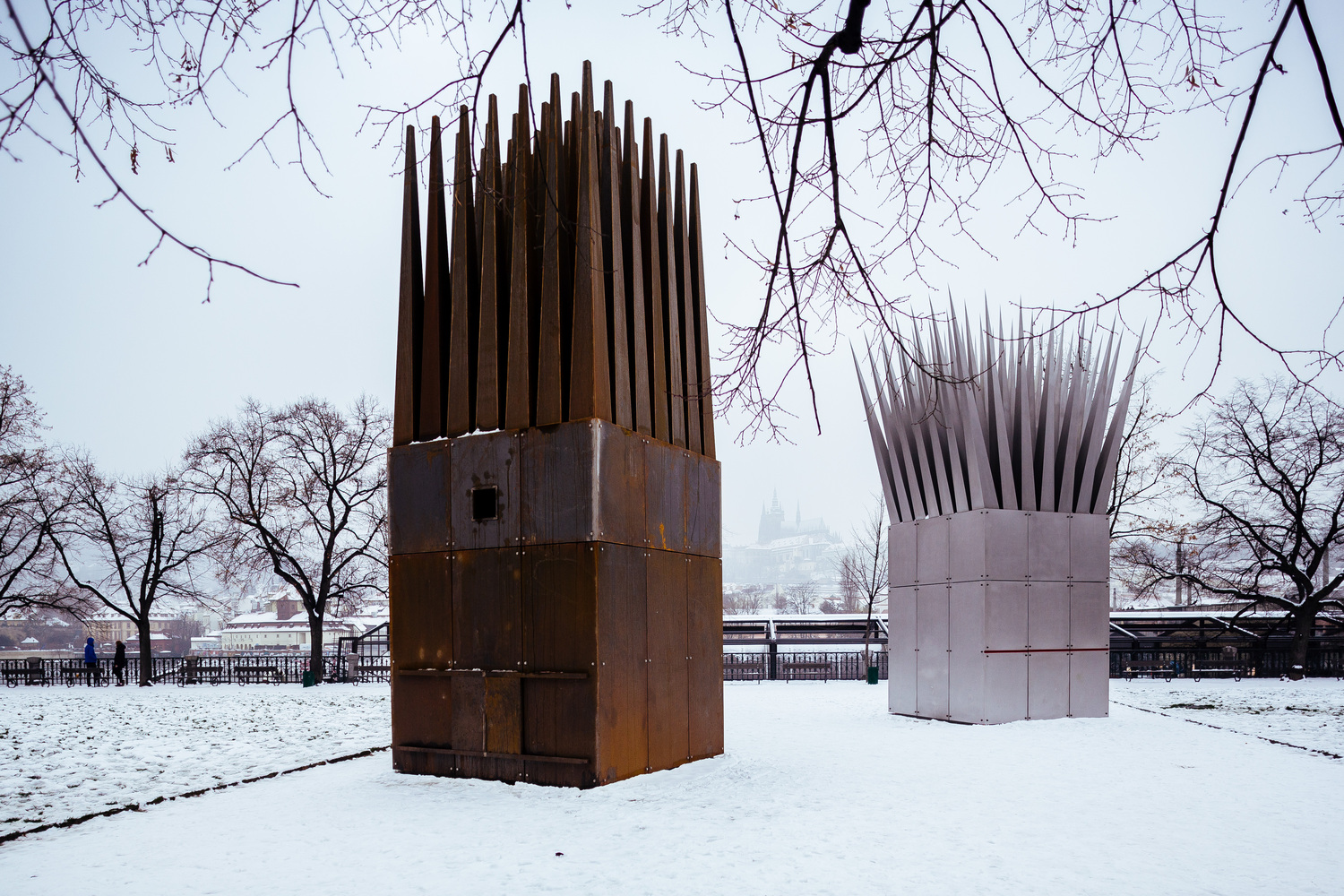Since 2013, my close friend and colleague Jeremy Gill and I have been searching for an opportunity to put together a concert in honor of our mentor George Rochberg. At long last, we found it.
Jeremy and I were fortunate to have worked closely with George during the last 10 years of his life. Rochberg’s legacy as a composer and teacher is widely felt, and in a very real sense, our compositional work is part of that legacy.
Our concert title “After Rochberg” is a play on his 1966 piano solo work Nach Bach and is designed to showcase the incredible range of George’s musical output and his legacy — in the form of works from two of his last students.
Half of the concert is a survey of George’s piano music from 1941 to 1984. By way of example, here’s a selection of short movements from one of Rochberg’s seminal twelve-tone works from the 1950s.
Twelve Bagatelles (1952), Nos. 1, 2, 5, and 9, Greg Wilder, piano
Between musical selections, we hear George’s own voice (captured in interviews) describing his personal journey and attitudes toward various aesthetic and historic approaches to music composition.
“Retina of Memory”, George Rochberg
The second half of the recital is split between Jeremy’s and my own compositions, all of which were written within the last 15 years. (Plume and The 13th Page were were among the included works.)
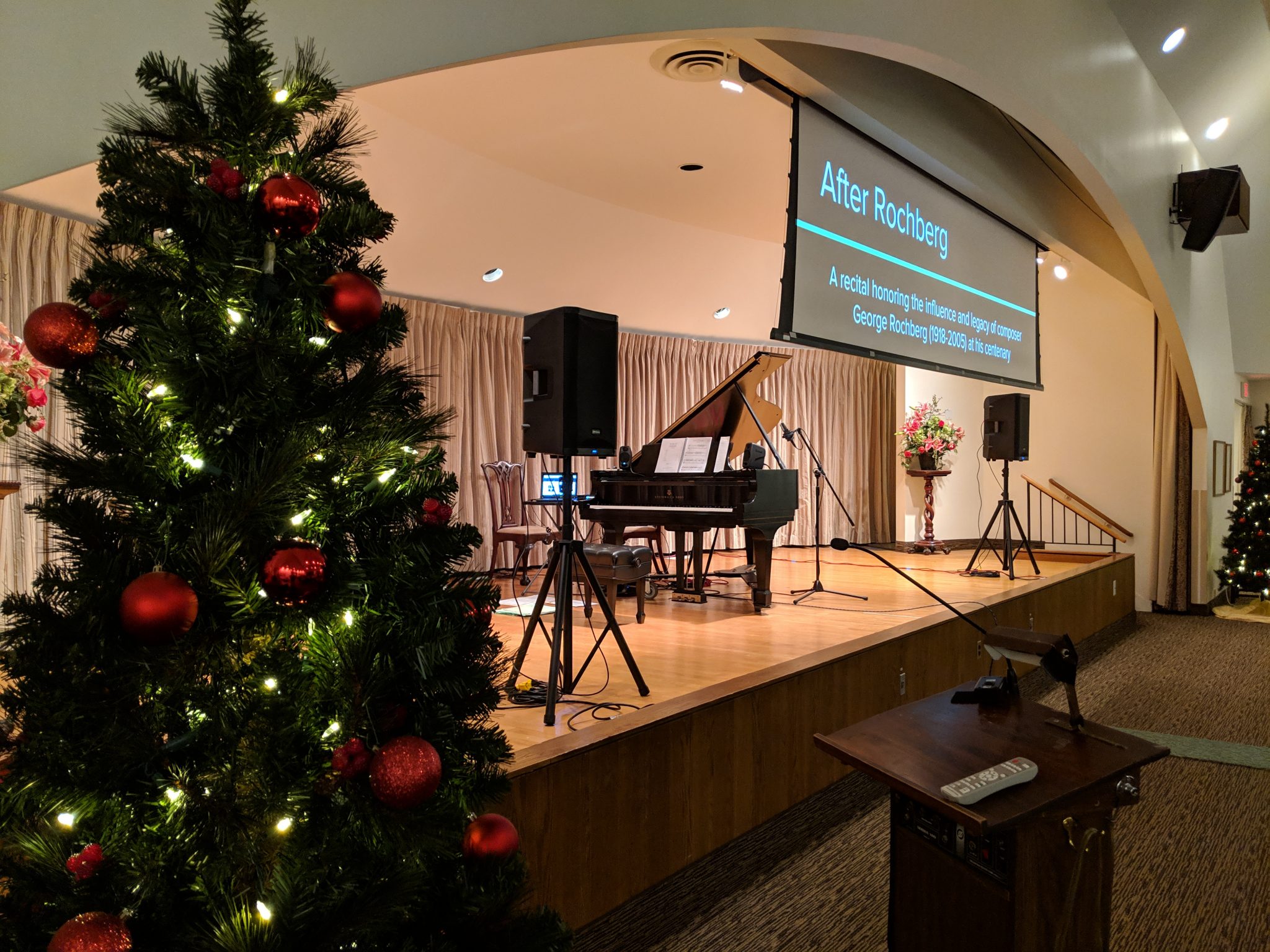
Throughout November and December of 2018, we prepared and tested the recital concept with small audiences, eventually presenting the public premiere as a part of George’s centenary celebration (1918-2005) in Philadelphia on December 10th.
